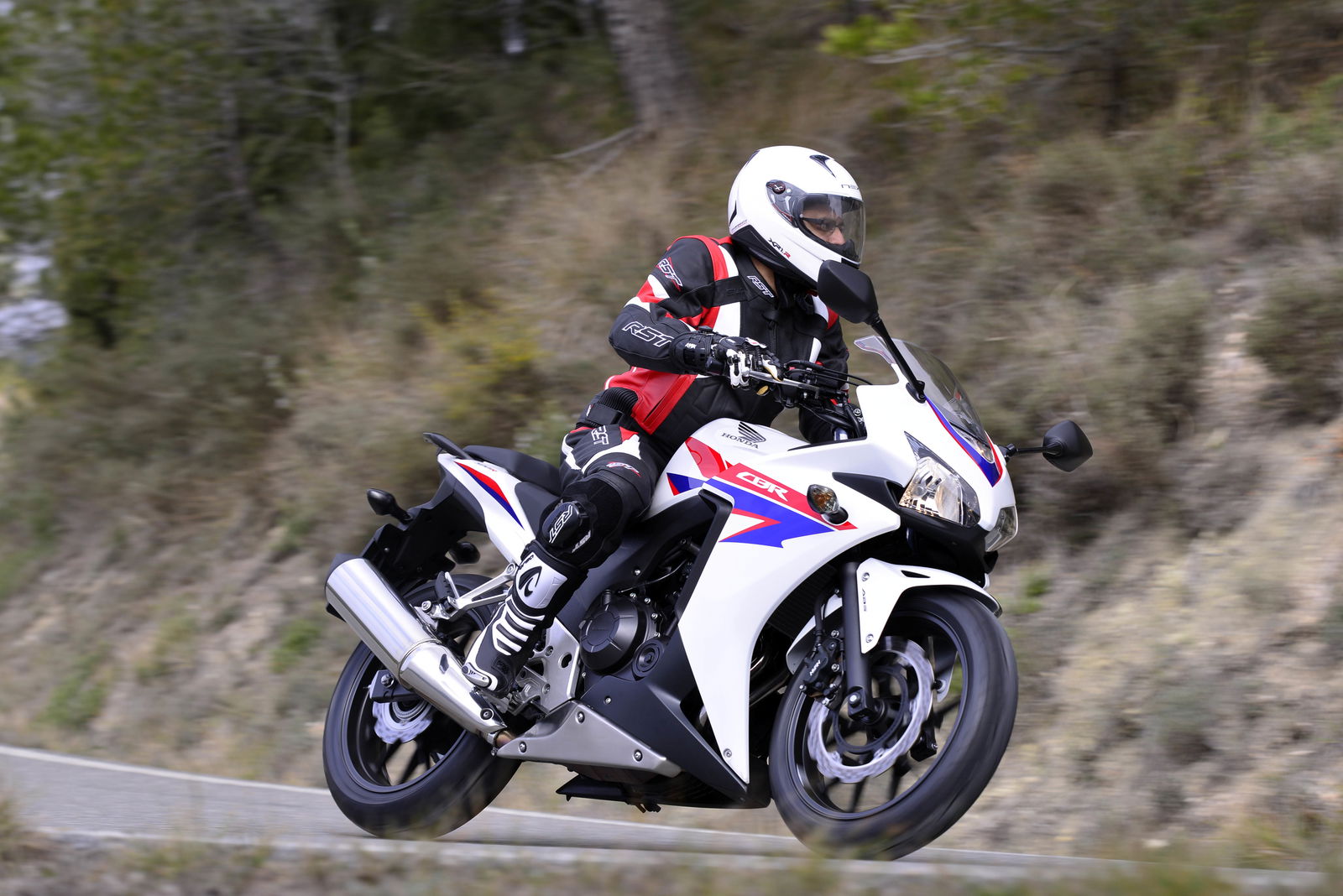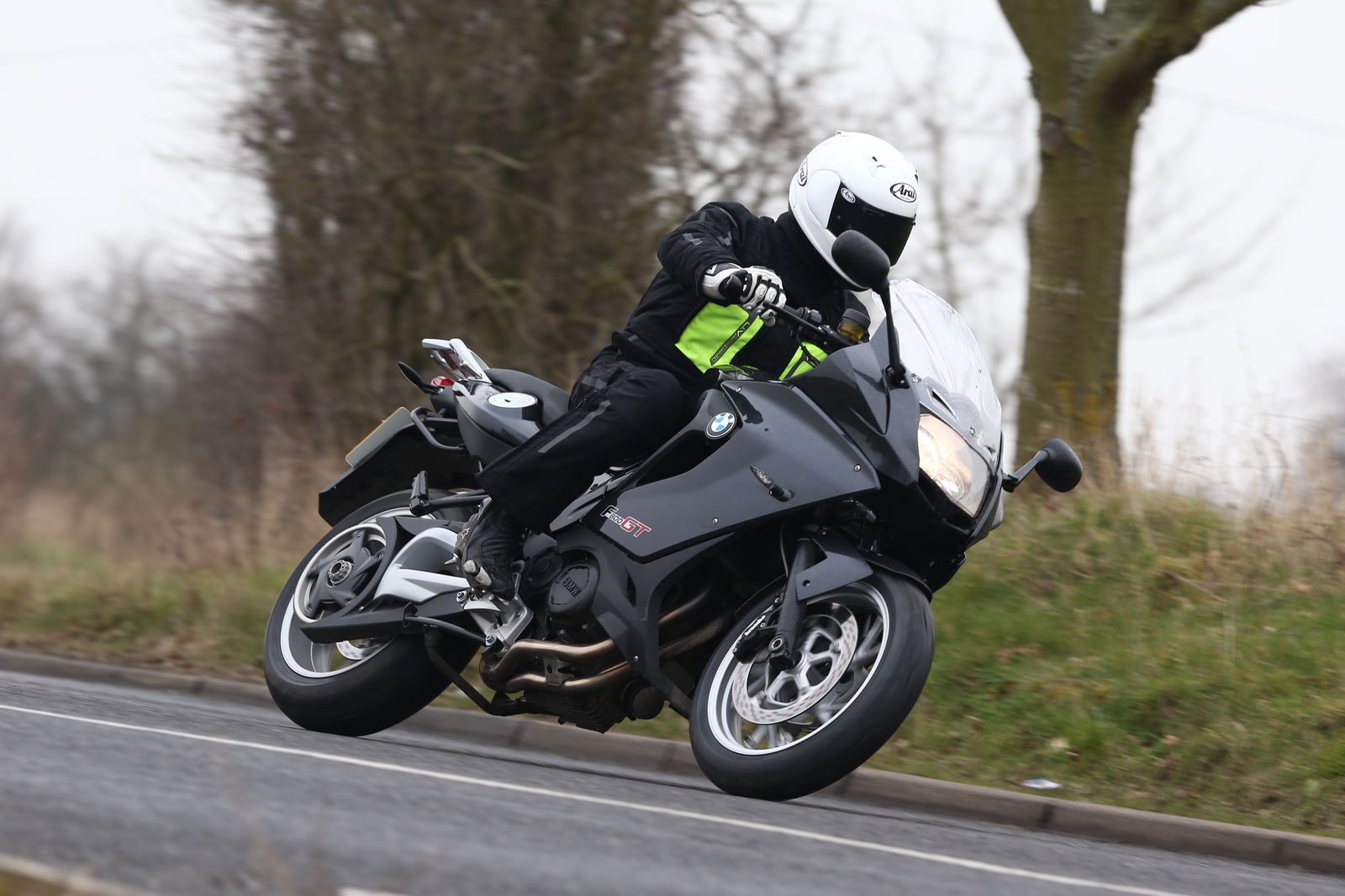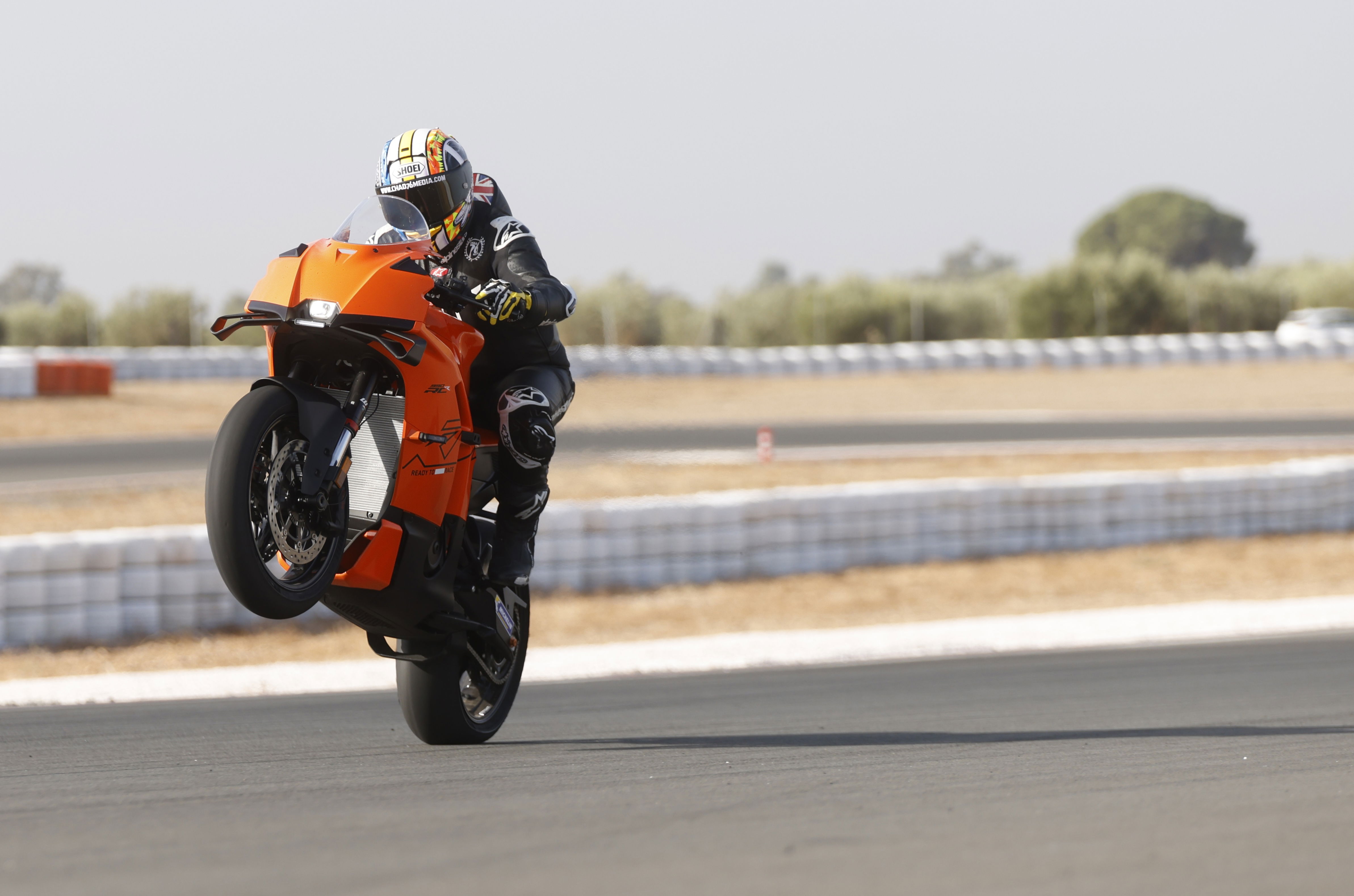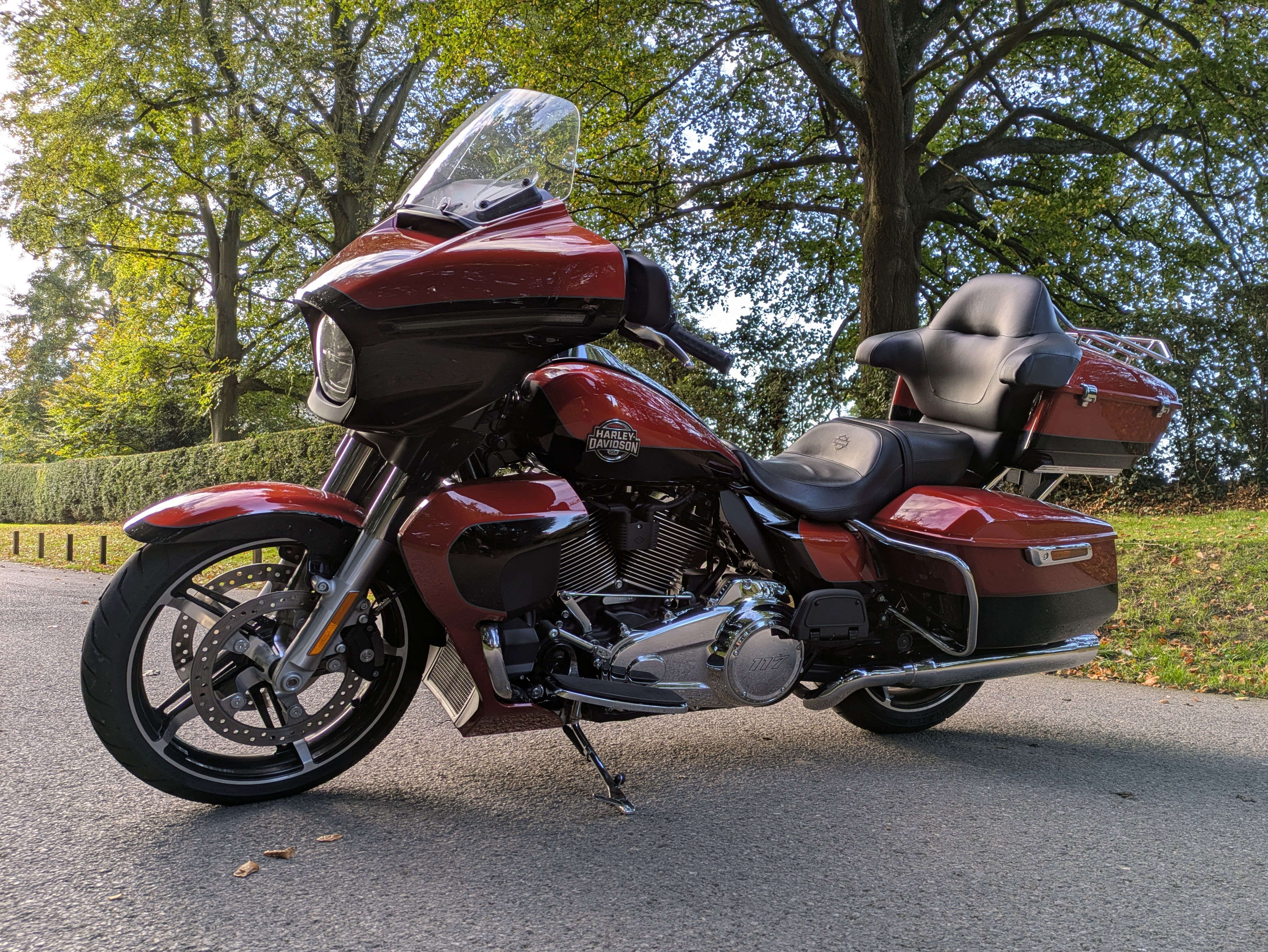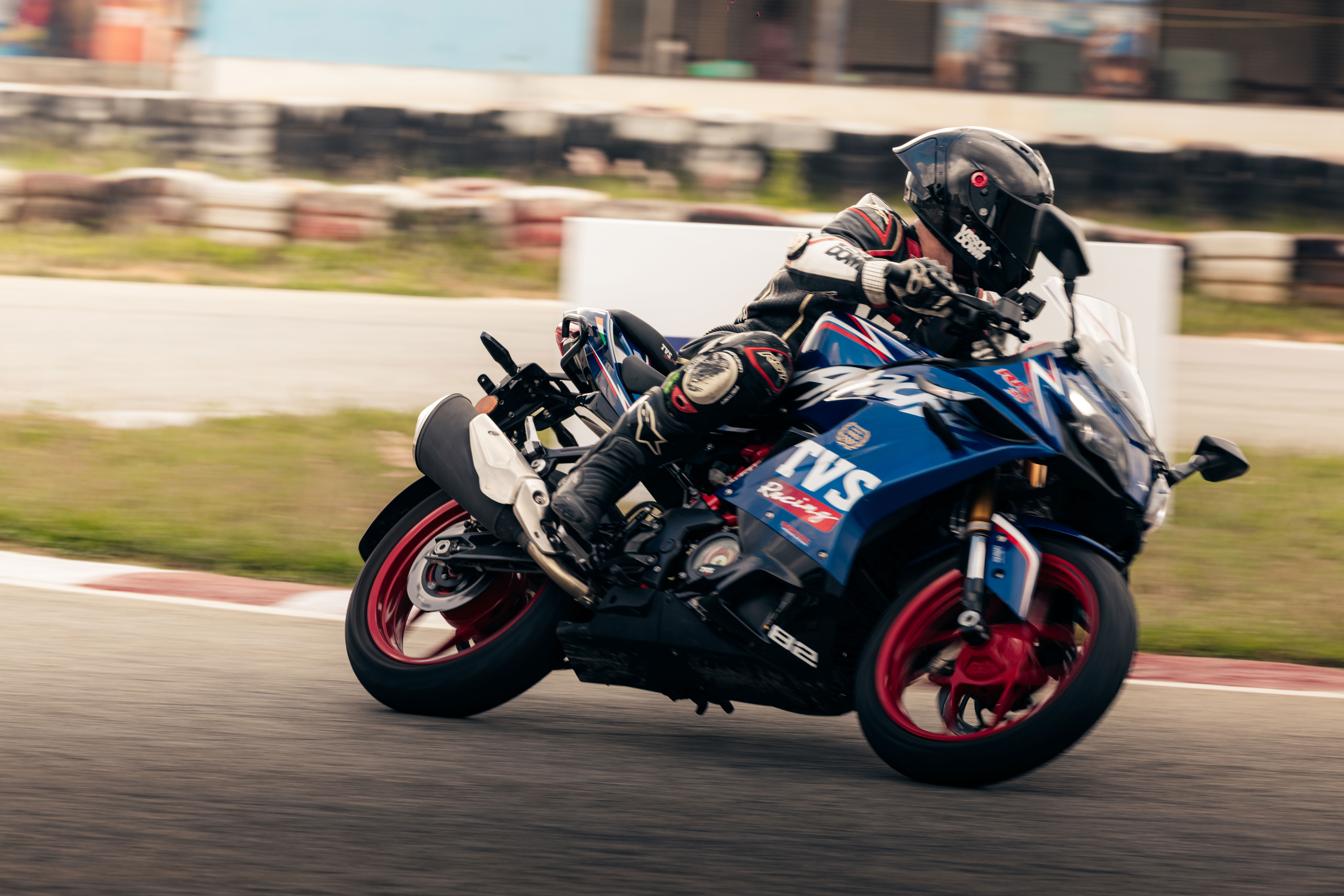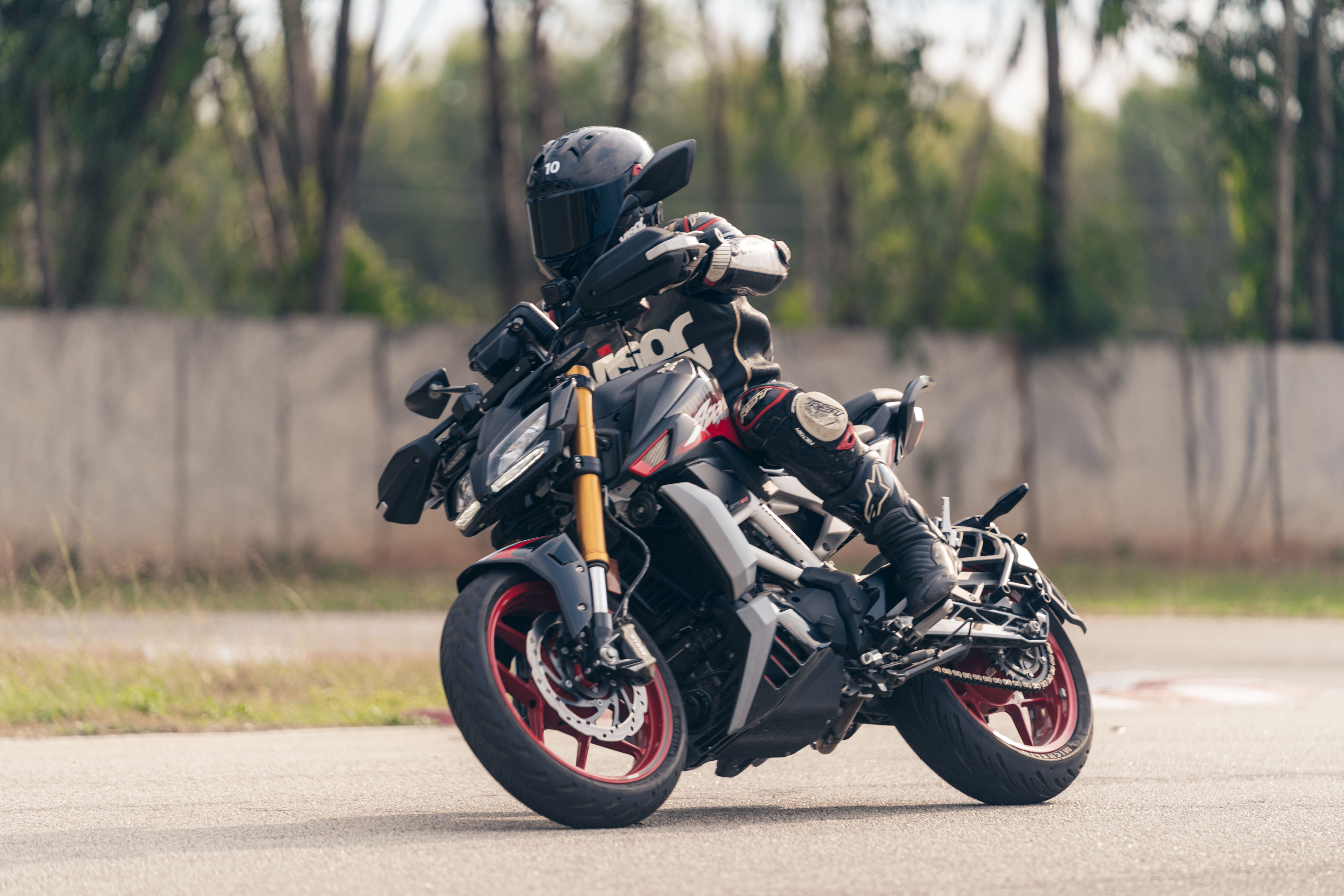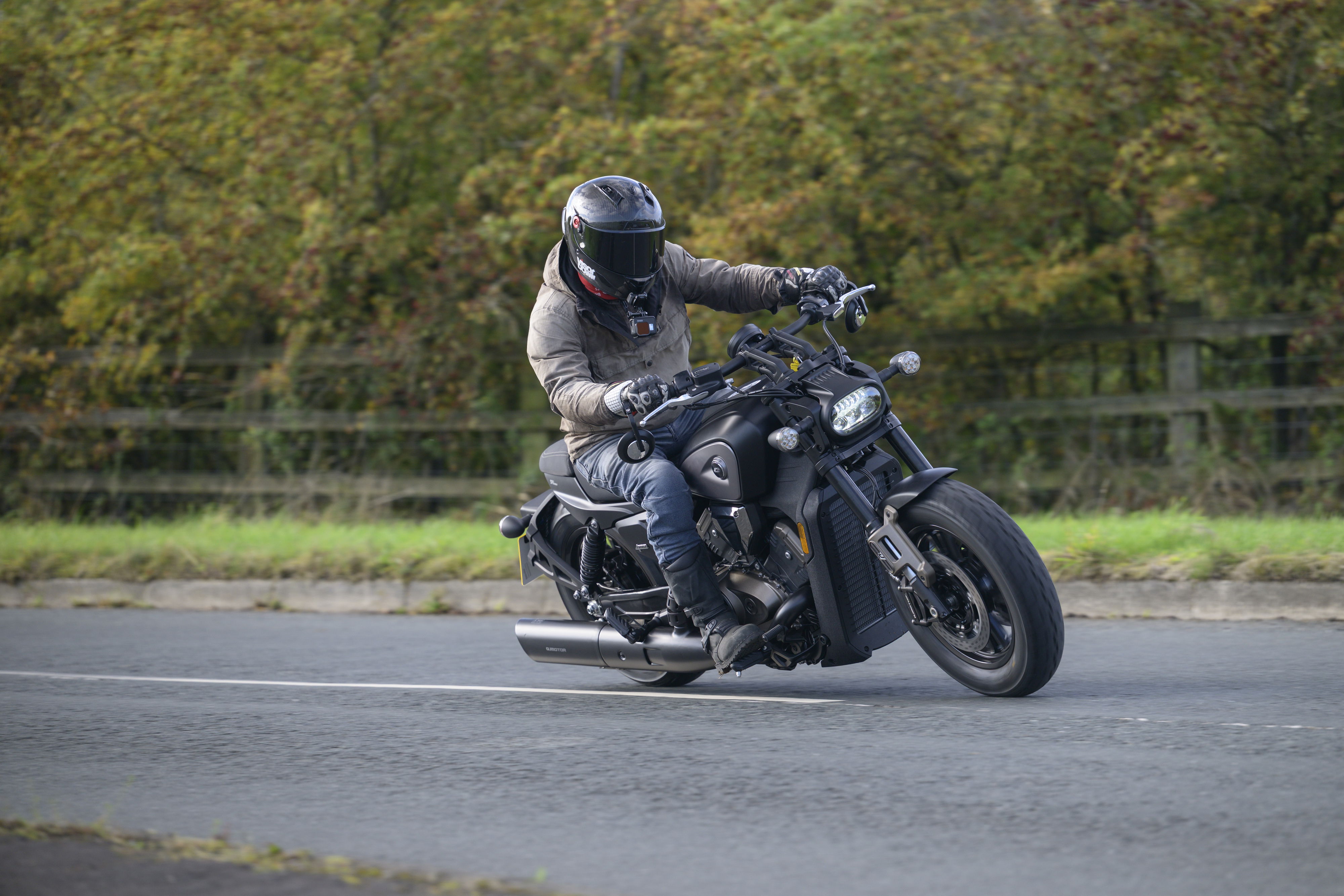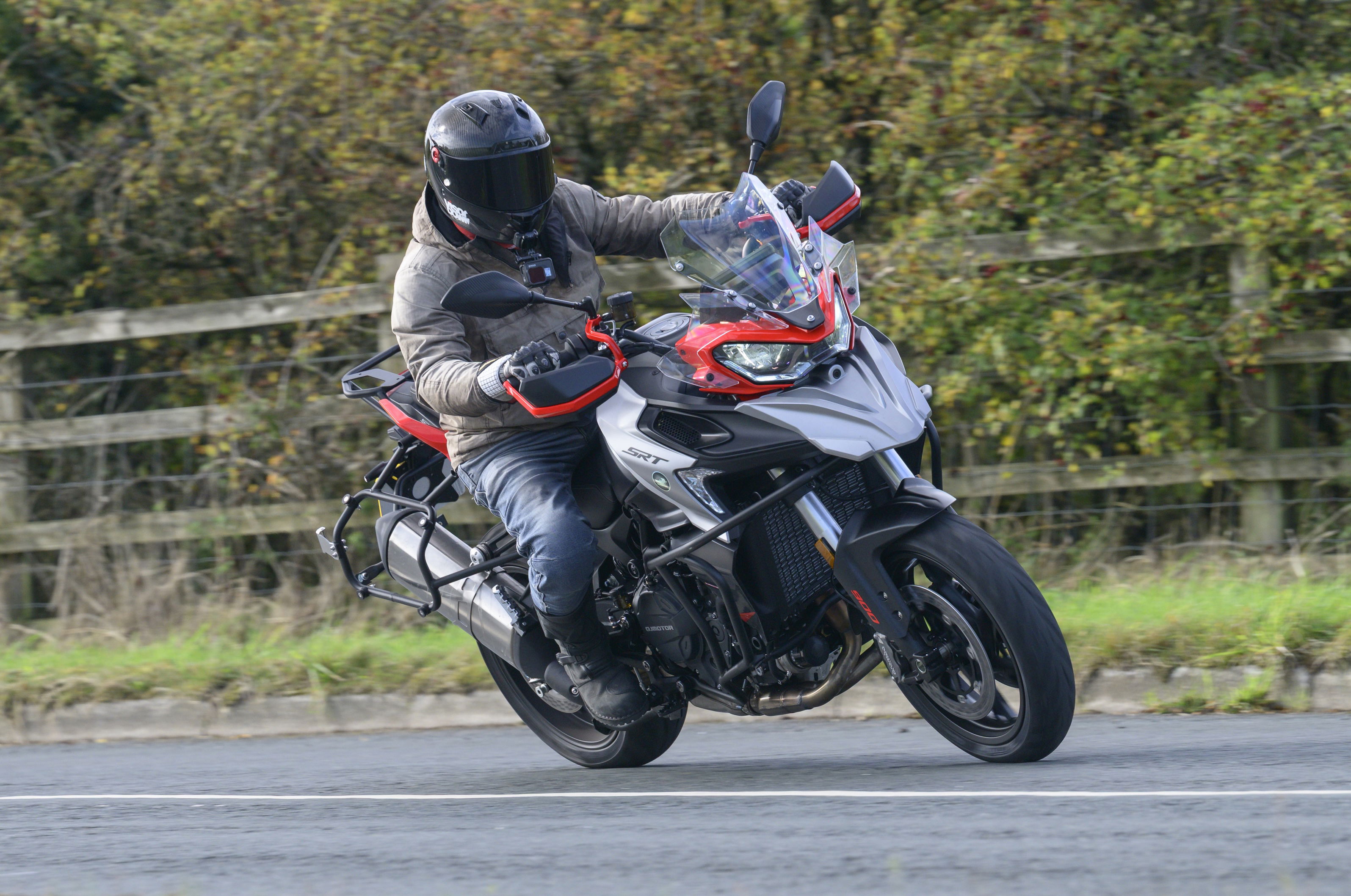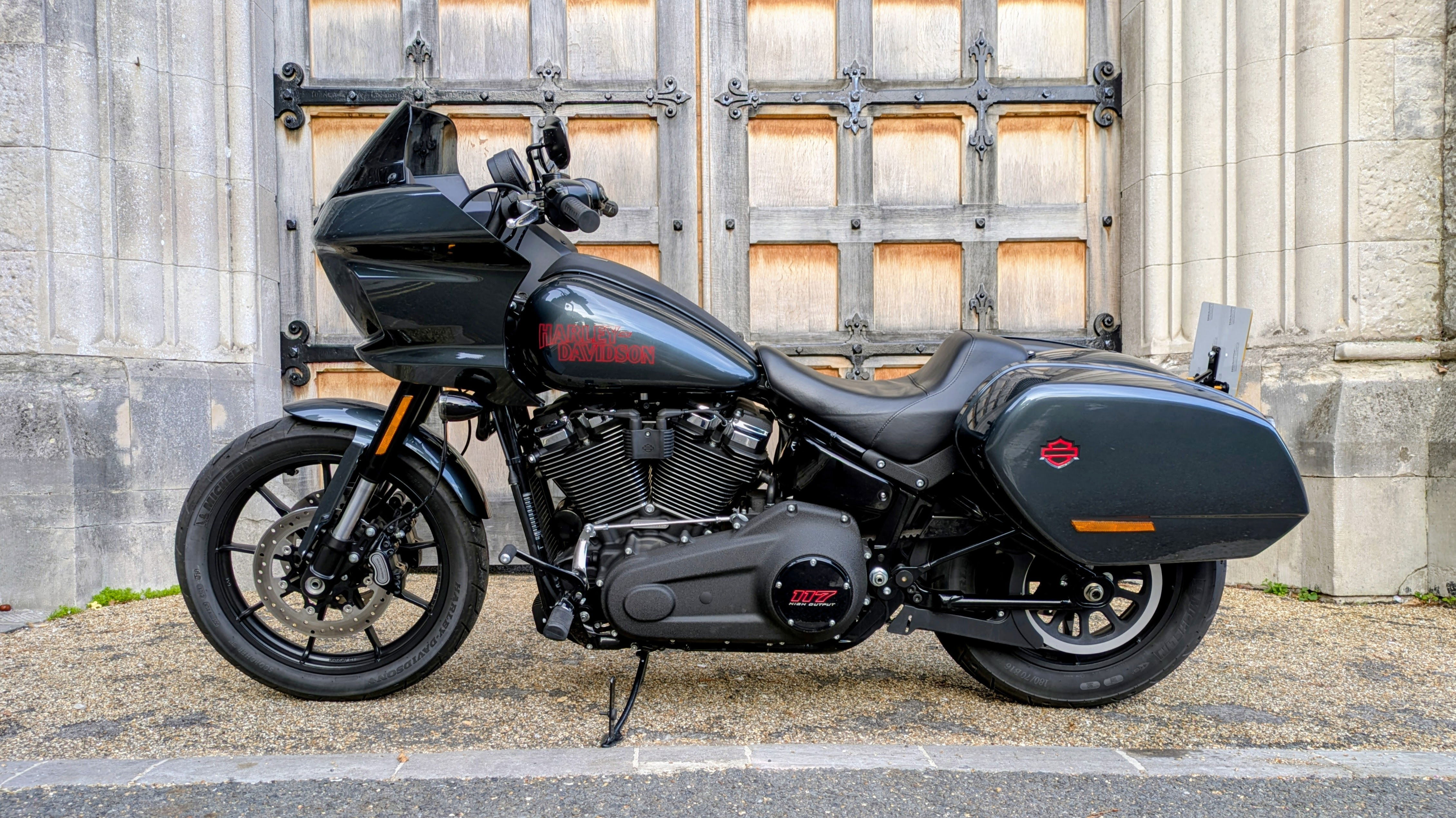First Ride: 2013 Ducati Hypermotard review
Ducati have ditched the air-cooled engines in favour of a new 821cc water-cooled lump. Isn't it just a Streetfighter 848 with long travel suspension?

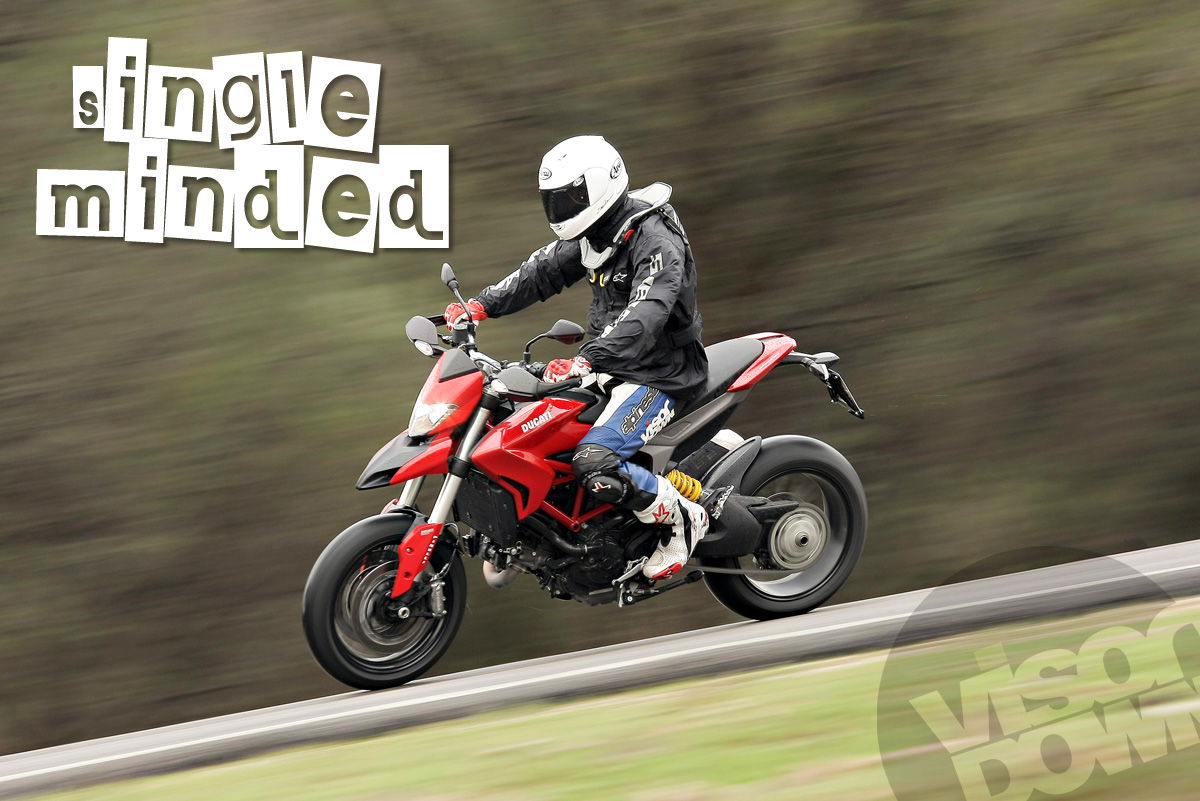
CAN A SUPERMOTO have more than one cylinder? You might think it can't but one thing is for certain: the outgoing Hypermotard 1100 EVO was as single-minded as any Supermoto.
It just wanted to wheelie anywhere and everywhere and that, for me, was at the heart of its appeal. Every ride was like taking an excited puppy out for a walk. You were that excited puppy.
The new Hypermotard promises more of the same. However, the 1078cc and 803cc air-cooled engines have been dropped and replaced by just the one Hypermotard model in Ducati's 2013 range, powered by a new 821cc water-cooled engine.
The new Hypermotard puts out a similar amount of power to the old 1100 EVO and weighs about the same too. So if the formula remains largely the same, has anything changed? Just a bit...
At its heart, the new Hypermotard doesn't use a sleeved-down 848 engine, in fact far from it. The bore and stroke of an 848 is 94mm x 61.2mm whereas this engine's bore and stroke are 88mm x 67.5mm so a smaller piston but it has a longer stroke, the longest of any 4V Ducati.
It features a Ride by Wire throttle, 8-stage traction control, ABS and power modes. This is a long way from the 'dirt-bike with road wheels' Supermoto mantra; it's a Supermoto with a 2:1 in IT Studies.
Despite having a longer wheelbase the new Hypermotard looks like it's smaller, thanks in part to the front cylinder sitting closer to the front wheel, which gives the impression it's more compact. The stubby side-mounted exhaust adds to the compact stance. I think it has the silhouette of a 450 motocrosser and looks fantastic.
Our first ride of the bike wasn't in glorious 'let's back it in' sunshine, instead we were out in 'let's get back in one piece' heavy rain; a good test of throttle response, power delivery and chassis feel. Still, at least I packed my warmest ventilated leathers..
Ducati have tried to make the riding position more comfortable by raising the bars and positioning the rider slightly further back. You no longer feel like you're riding with your balls on the filler cap, but I never found that a bad thing on the old model.
You're high up. The new seat is a tall 870mm. There's a low seat 850mm option but even that's 5mm higher than the outgoing 1100's standard seat height. From side-on the seat looks as inviting as a plank but from any other angle you can see the sculpted rider's saddle, which helps you feel a part of the bike. Despite this creature comfort, it's unashamedly not a motorcycle for shorter riders.
In Sport mode, the throttle is so light and so sharp. Too sharp. With no wires to pull, perhaps it's my wrist that needs re-calibrating, but out on the road, I kept it in Touring mode which delivers the same 110bhp, with a softer throttle response.
Although Ducati didn't really play on this, the long stroke, as well as enhancing torque output compared to a shorter-stroke higher-revving engine, gives the water-cooled modern engine an almost air-cooled, 2V character. Although air-cooled Ducati purists would argue it is to air-cooled Ducatis what a microwave lasagne is to Italian cuisine.
Wheelies don't come as easy as they did on the old 1100 EVO. Sure, wheelies aren't the be-all-and-end-all but they're indicative of the engine you've got underneath you. This engine doesn't feel as grunty. It's still a quick bike which responds well to a bit of point and squirt but there's not an excess of power, just enough. Enough is alright, except when you want more of course and Hypermotards are the type of bike that deserve to have more. Excess is the order of the day.
